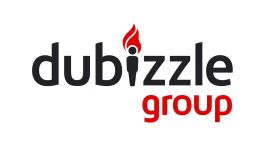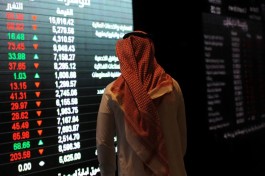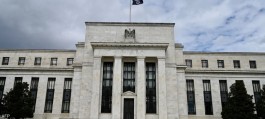Oil prices swung between gains and losses after the OPEC+ alliance outlined a plan to increase some of its members' production starting in October, despite concerns about the demand outlook and strong supplies from outside the group.
Saudi Arabia’s energy ministry said on Sunday after the OPEC+ meeting that production curbs would remain in place in full in the third quarter and then be phased out over the next 12 months. Brent crude pared earlier losses to rise to around $82 a barrel, while West Texas Intermediate crude traded above $77.
The deal aims to keep oil prices supported while easing production curbs, with some countries such as the United Arab Emirates seeking to raise their output levels. Most market watchers had expected OPEC+ to extend the cuts until the end of the year.
“The market was not expecting the alliance to backtrack on production cuts from October,” said Vandana Hari, founder of Vanda Insights in Singapore. “On the positive side for OPEC+, the deal should help maintain cohesion. Continuing the unbalanced cuts over the long term would have been a source of friction.”
Volumes were higher than usual on Monday, but oil options divergences still point to the downside. Put options — which benefit from falling prices — are trading at a significant premium to call options.
Oil prices have fallen over the past month, in part due to ongoing concerns about the outlook for demand from China, the world’s largest importer of crude. The spread between the two nearest-dated Brent crude contracts briefly turned into bearish contango last week, and fuel markets have shown signs of weakness.
Futures remain elevated this year after geopolitical tensions from the Middle East to Ukraine raised supply concerns and Israel backed away from a ceasefire plan put forward by U.S. President Joe Biden as the war in Gaza neared its eighth month.



































